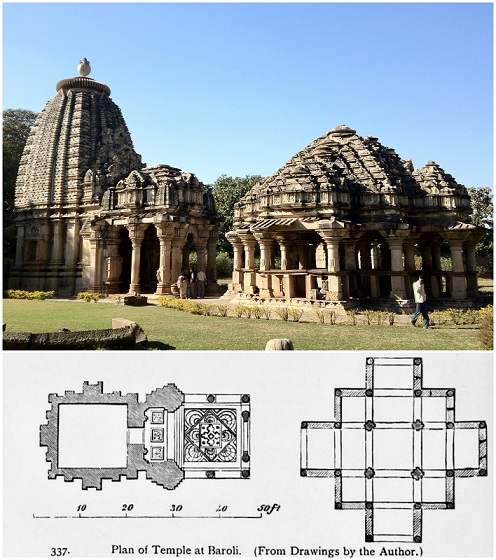Focus: GS-I Art and Culture, Prelims
Why in news?
A long-pending case of idol theft finally saw an important development as Natesa, a rare sandstone idol in the 9th century Prathihara style of Rajasthan, is returning to India after 22 years.
Details
- The Natesa icon, currently at the Indian High Commission, London, was originally from the Ghateswara Temple, Baroli, Rajasthan.
- The sandstone Natesa figure stands tall at almost 4 ft. in a rare and brilliant depiction of Shiva in the late 9th century Prathihara style of Rajasthan.
- A beautiful depiction of Nandi is shown behind the right leg of the Natesa icon.
The Theft (Not important, just an interesting read)
- The statue was stolen in 1998 and based on an expose in a book the Rajasthan Police opened an investigation into one Vaman Ghiya’s Operation Blackhole.
- Ghiya was arrested in 2003, standing accused of having stolen 20,000 pieces of art and laundering them.
- Ghiya was eventually acquitted by the High Court, partially because India had not repatriated even a single piece of art allegedly smuggled abroad by Ghiya.
Prathihara style
Gurjara-Pratihara dynasty
- The Gurjara-Pratihara dynasty was an imperial power during the Late Classical period on the Indian subcontinent, that ruled much of Northern India from the mid-8th to the 11th century.
- They ruled first at Ujjain and later at Kannauj.
- The Gurjara-Pratiharas were instrumental in containing Arab armies moving east of the Indus River.
Their Style
- Gurjara-Pratihara are known for their sculptures, carved panels and open pavilion style temples.
- The greatest development of their style of temple building was at Khajuraho, now a UNESCO World Heritage Site.
- Baroli temples complex are eight temples, built by the Gurjara-Pratiharas, is situated within a walled enclosure. All nine temples are under the control of the Archaeological Survey of India for conservation and protection.

-Source: The Hindu




